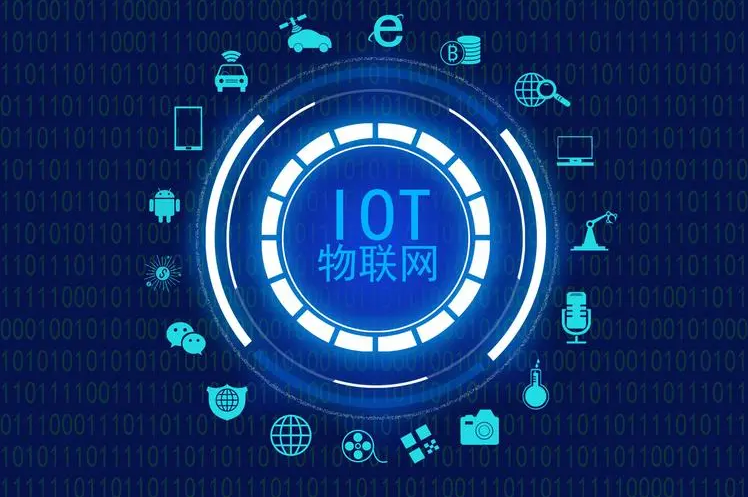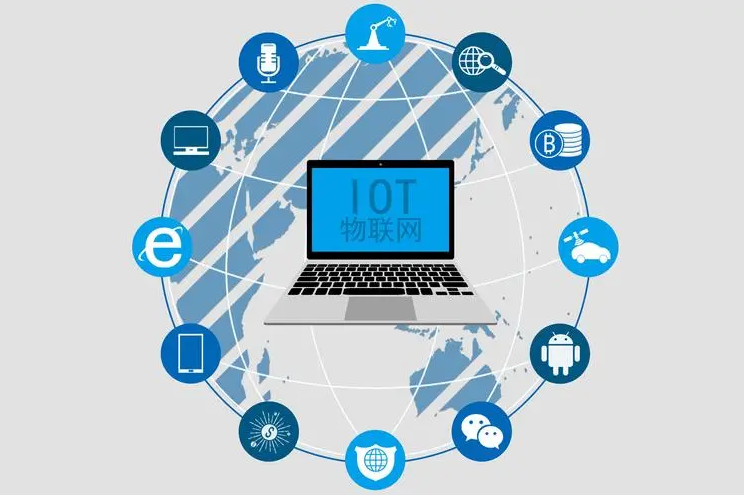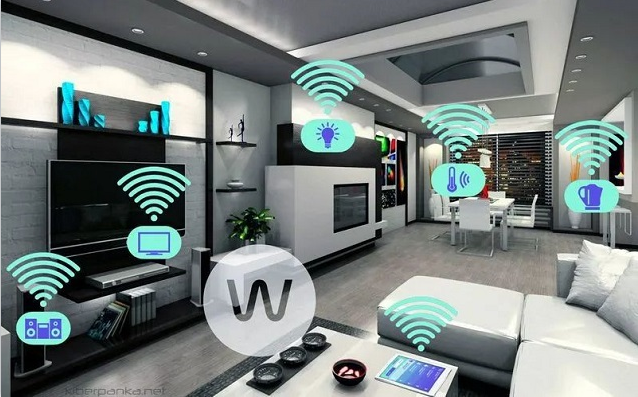By Panasonic 191
The Internet of Things (IoT) refers to the real-time collection of any information that needs to be monitored, connected, and interacted with through various devices and technologies such as information sensors, radio frequency identification technology, global positioning system, infrared sensors, and laser scanners. Objects or processes, collect various required information such as sound, light, heat, electricity, mechanics, chemistry, biology, location, etc., and realize the ubiquitous connection between objects and objects, objects and people through various possible network accesses, Realize intelligent perception, identification and management of items and processes. The Internet of Things is an information carrier based on the Internet, traditional telecommunication networks, etc. It allows all ordinary physical objects that can be independently addressed to form an interconnected network.

From a structural point of view, the Internet of Things is divided into three layers: perception layer, network layer and application layer. The perception layer plays a pivotal role as the data source for network layer transmission and as the data basis for application layer calculations. In the perception layer, the most important components are various sensors.
Sensing is a detection device composed of sensitive elements and transducers. It can sense the measured information and convert the detected and sensed information into electrical signals or other required forms of information output according to certain rules to meet the requirements of information. Requirements such as transmission, processing, storage, display, recording, and control ultimately provide data sources for data analysis and artificial intelligence in IoT applications.
Intelligent sensor is a sensor with information processing function. Smart sensors are equipped with microprocessors, which have the ability to collect, process and exchange information, and are the product of the combination of sensor integration and microprocessors. Compared with ordinary sensors, smart sensors have the following three advantages: high-precision information collection can be realized through software technology, and the cost is low; it has certain programming automation capabilities; and its functions are diversified.
Sensors can be divided into different classifications according to different division methods. For example, according to the working method of converting non-electrical physical quantities into electrical physical quantities, it can be divided into energy conversion type and energy control type; according to the non-electrical physical quantities measured, it can be divided into pressure sensors, temperature sensors, etc.; in addition, according to the manufacturing process can be divided into For ceramic sensors and integrated sensors, etc.

At present, the types of sensors used in the Internet of Things mainly include the following types:
gas sensor
The gas sensor can detect combustible gases, toxic gases and other components, and convert them into output signals, which can be applied to fresh preservation, environmental protection, agriculture, dangerous goods storage, production workshops, laboratories, etc.
air pressure sensor
The sensor is used to detect the pressure intensity of gas or liquid and convert it into an output signal, which has been widely used in various industrial control environments, including water conservancy and hydropower, railway transportation, intelligent buildings, production automation, fire protection, pipeline transportation, petroleum petrochemical etc.
moisture sensor
The humidity sensor is a sensor that converts the water vapor content in the gas into an available output signal, and is mainly used to detect the ambient humidity. It has been widely used in medicine, chemical industry, mechanical engineering, electronic communication, meteorology, food, storage, agriculture and cultural relics protection.
Temperature Sensor
From the perspective of use, temperature sensors can be roughly divided into contact type and non-contact type. The former method is to let the temperature sensor directly contact the measured object, and sense the temperature change of the measured object through the temperature sensor; the latter method is to use the temperature sensor to keep a distance from the measured object to detect the infrared intensity emitted by the measured object. , so as to calculate the temperature. At present, temperature sensors are mainly used in fields closely related to temperature, such as intelligent heat preservation and environmental temperature detection.

With the continuous development of the Internet of Things technology, in the era of the Internet of Everything, the types of sensors are becoming more and more abundant, and they have already become one of the core components. In recent years, the technological progress of my country's sensor industry has accelerated, and the development momentum is good. The country has also issued a series of policies to promote the development of the domestic sensor industry.
Smart sensors applied to the Internet of Things have been widely used in various fields such as aerospace, aviation, national defense, science and technology, and industrial and agricultural production. For example, it has broad application prospects in the field of robotics. Smart sensors enable robots to have human-like facial features and brain functions, which can perceive various phenomena and complete various actions.